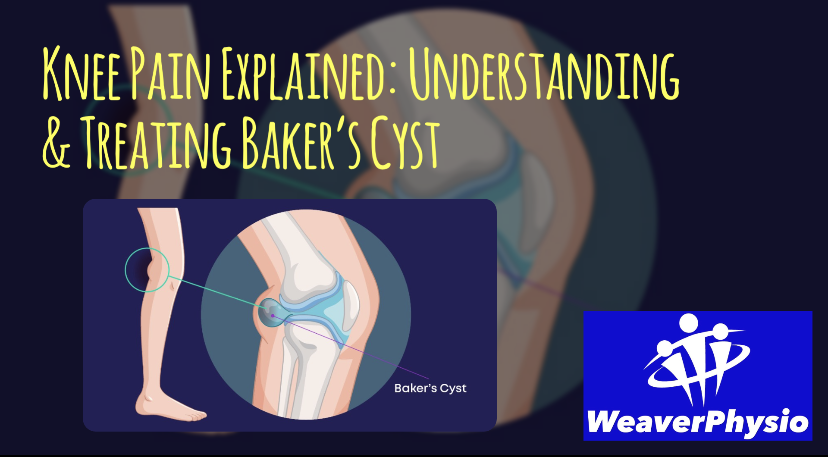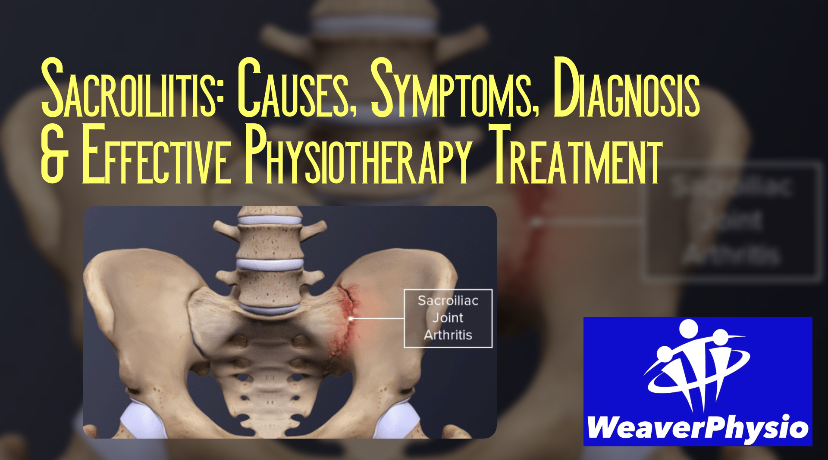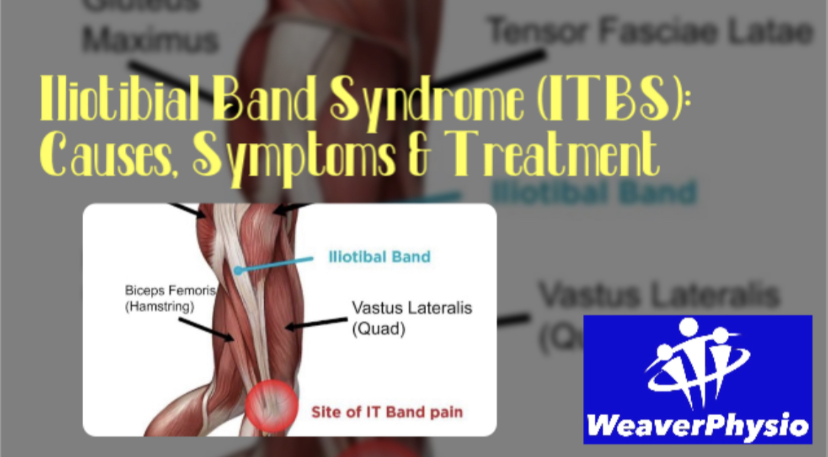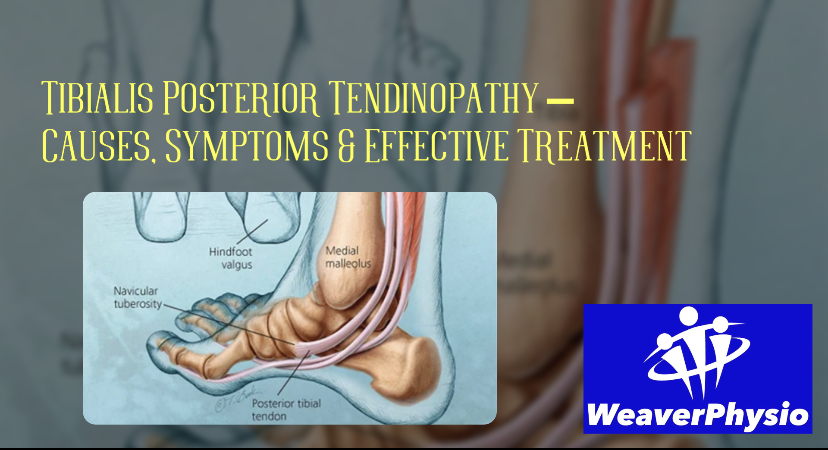Groin pain in Footballers

Understanding and Treating Groin Pain in Football
Groin pain in football can stem from various sources—some are straightforward to treat, while others can be more complex, frustrating, and slow to heal. It may not be the most comfortable area to address, but don’t let embarrassment or anxiety prevent you from seeking help. Groin injuries are also common in many other sports, and physiotherapy specialists can provide professional treatment to get you back on the field pain-free.
The Role of the Groin Muscles in Football
Your inner thigh, or groin, is made up of five muscles originating from the pelvis and running down the inner thigh. These are known as the adductor muscles, which work closely with the muscles of the lower back, upper thigh, and buttocks to create a strong, stable base for running, sprinting, and jumping. They also play a crucial role in balance and control during single-leg movements like kicking, lunging, and side-stepping.
The importance of groin strength in football, or any physically demanding sport, cannot be overstated. Strength must be accompanied by flexibility and muscular endurance to ensure optimal function. The groin muscles are constantly engaged during movement—whether kicking, sprinting, or changing direction—but they also work in conjunction with the core, lower back, glutes, quadriceps, and hamstrings to maintain pelvic stability.
During running and jumping, the forces exerted on your body can range from three to over six times your body weight. Your muscles act as shock absorbers, helping to distribute and manage these loads. In the groin and pelvic area, every stride or jump also involves gravitational forces pushing down on your internal organs. Strong muscles are essential to support the ligaments in holding everything in place. If these muscles become weak, fatigued, or injured, they can contribute to further complications or lead to new injuries.
Common Causes of Groin Pain in Football
The three most common causes of groin pain in football are:
1. Adductor muscle strain – Overstretching or tearing of the inner thigh muscles.
2. Tendon injuries or osteitis pubis – Inflammation of the pubic bone due to repetitive stress.
3. Pelvic instability – Weakness or imbalance in the muscles supporting the pelvis.
If you experience groin pain, it is crucial to seek hands-on physiotherapy in the early stages. However, treatment shouldn’t stop there—rehabilitation is essential to ensure full recovery and prevent recurrence.
Rehabilitation and Injury Prevention
Strengthening the pelvis and core, including the lower back and glute muscles, is key to maintaining good control and stability in the groin area. Addressing muscle imbalances—whether in strength or flexibility—through targeted exercises and neural mobilisation stretches is also critical for injury prevention and management.
Your physiotherapist should assess your posture as part of your groin pain treatment. The hips are the powerhouse of the lower body, providing propulsion and support for jumping and sprinting. A common issue linked to groin and pelvic injuries is tight hip flexors, often caused by prolonged sitting—whether at a desk, watching TV, commuting, or driving. When the hips remain in a flexed position for extended periods, the muscles and tendons at the front of the hip can become short and tight, leading to poor posture and compromised function of the back, pelvis, and lower limbs.
If you have had a groin injury or want to prevent one, a physiotherapist can assess your posture and recommend exercises, stretches, and workplace adjustments to improve mobility and alignment.
Don’t Ignore Groin Pain
What starts as a minor niggle can quickly turn into a persistent and debilitating problem if left untreated. Seeking early treatment will lead to the best outcomes, helping you recover faster and return to the pitch stronger and pain-free.
Weaver Physio, Cheshire’s Trusted Physiotherapy & Sports Injury Specialists are dedicated to maximising recovery and helping you overcome your injury returning to full fitness as fast as possible. With any injury we understand that athletes need to learn something from it and to learn to trust the process which is essential in the rehabilitation, recovery and personal growth process.













